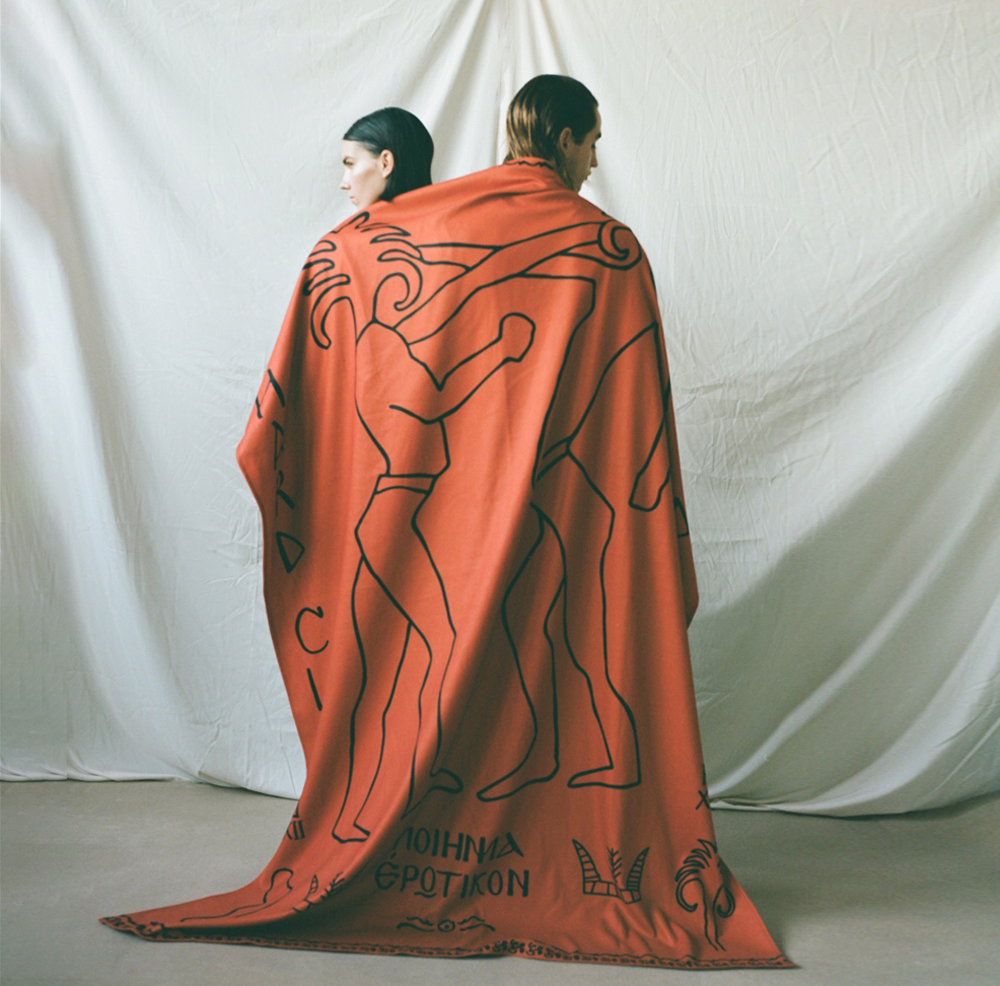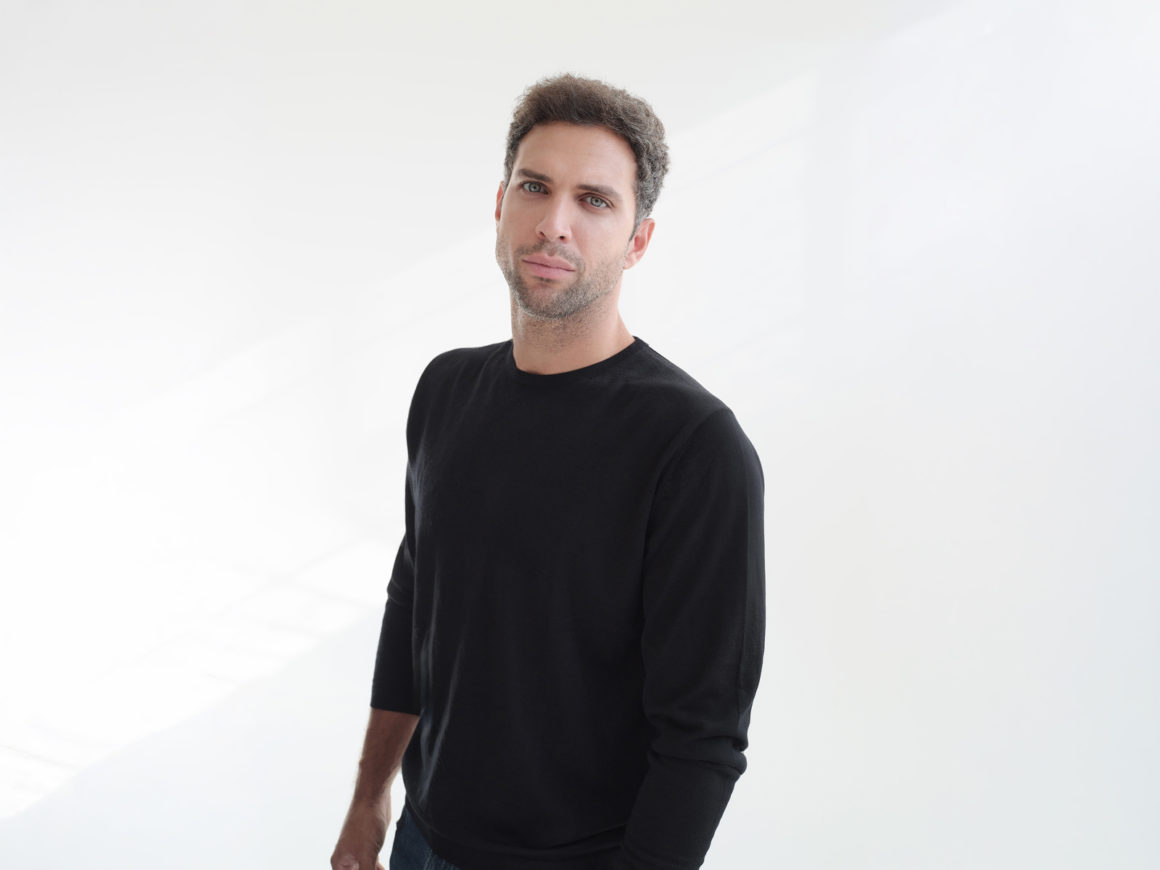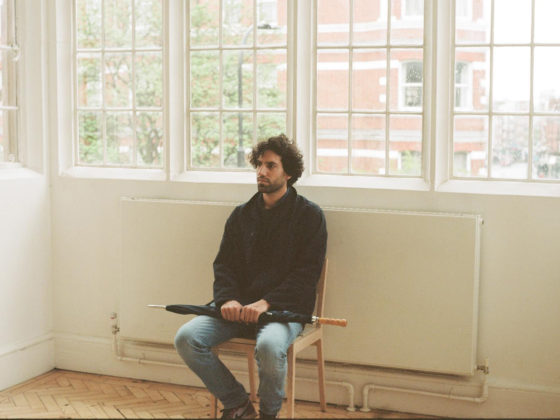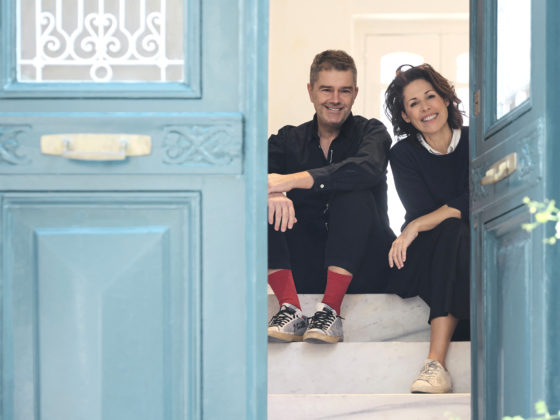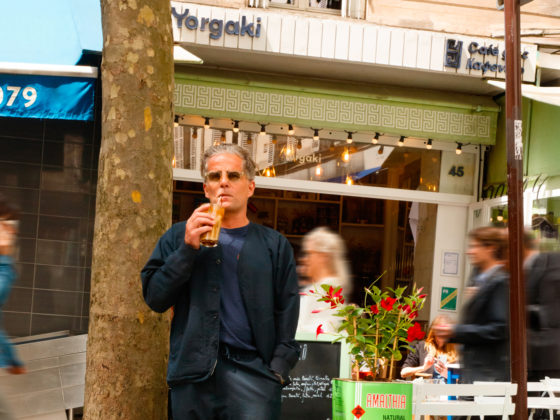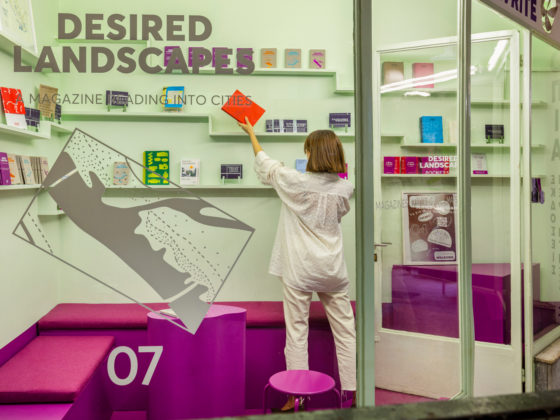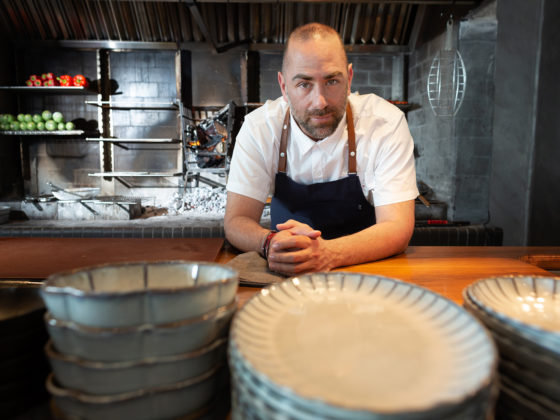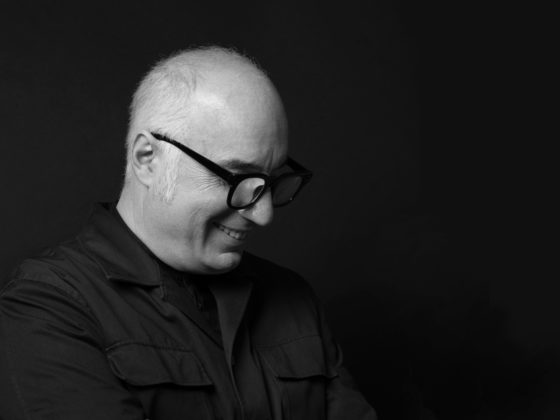Joseph Alexiadis, a photographer and storyteller at heart, captures Greece’s layered identity through a minimalist yet deeply expressive lens. From intimate portraits to evocative landscapes, his work explores themes of memory, place, and identity, offering viewers a timeless reflection on the balance between personal and cultural narrative. As he navigates both commercial and personal projects, Alexiadis creates images that resonate with authenticity and purpose. In this conversation, we delve into his creative journey, his approach to photography, and his thoughts on the evolving role of photography in the digital age.
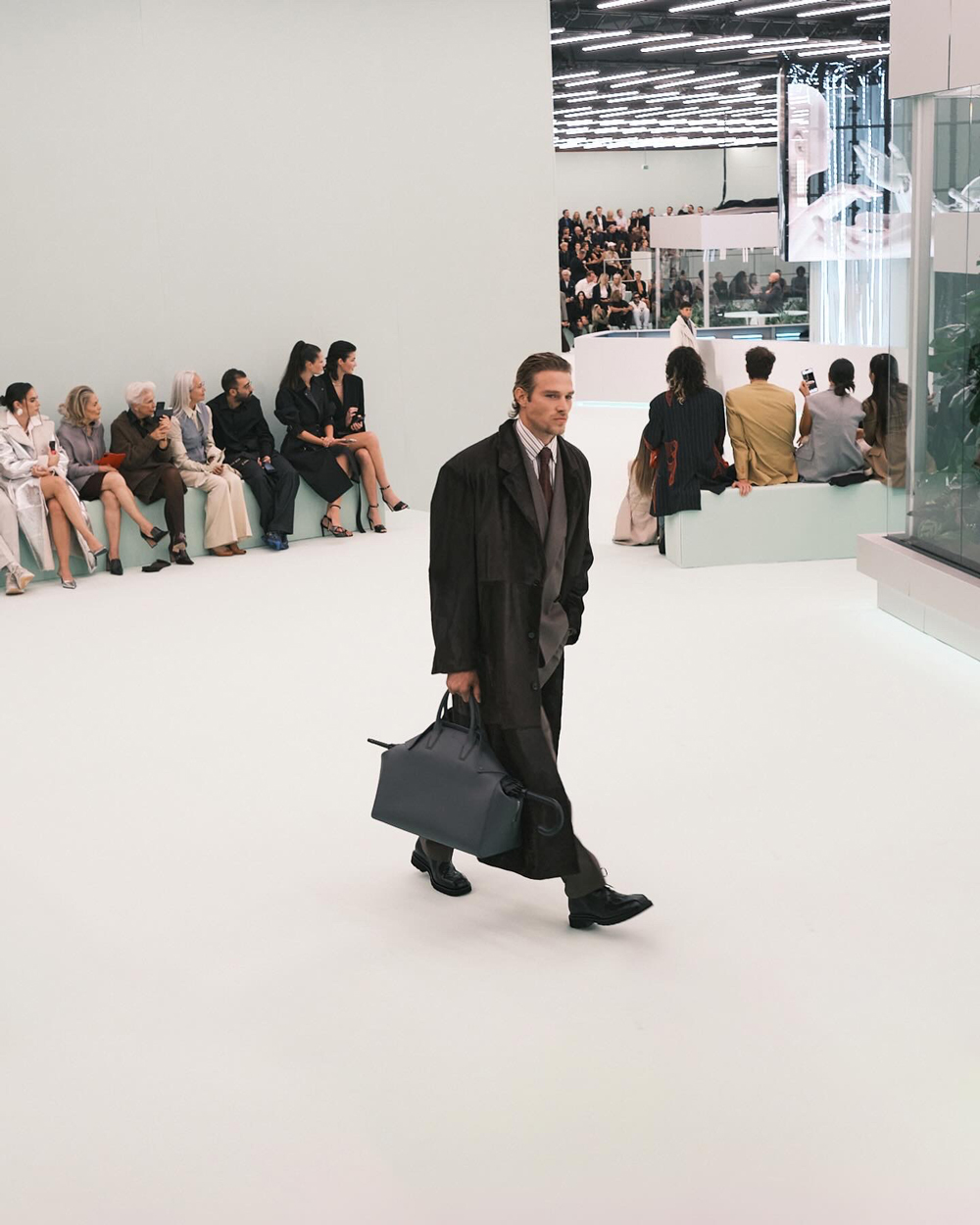

Your portfolio includes a variety of personal and professional projects. How do you balance commercial work with more personal, experimental projects?
For me, there’s an ongoing conversation between the commercial and personal, with each informing the other. Commercial work allows me to refine my technical skills and to understand how to tell stories within specific frameworks, while my personal, more experimental projects are where I let my instincts run wild. In those moments of creative freedom, I can explore the unexpected, play with form, and challenge the conventional. The balance is struck through seeing both as part of a larger, evolving artistic journey.
“Every commercial project carries a trace of personal exploration, and each experimental piece sharpens my professional edge.”
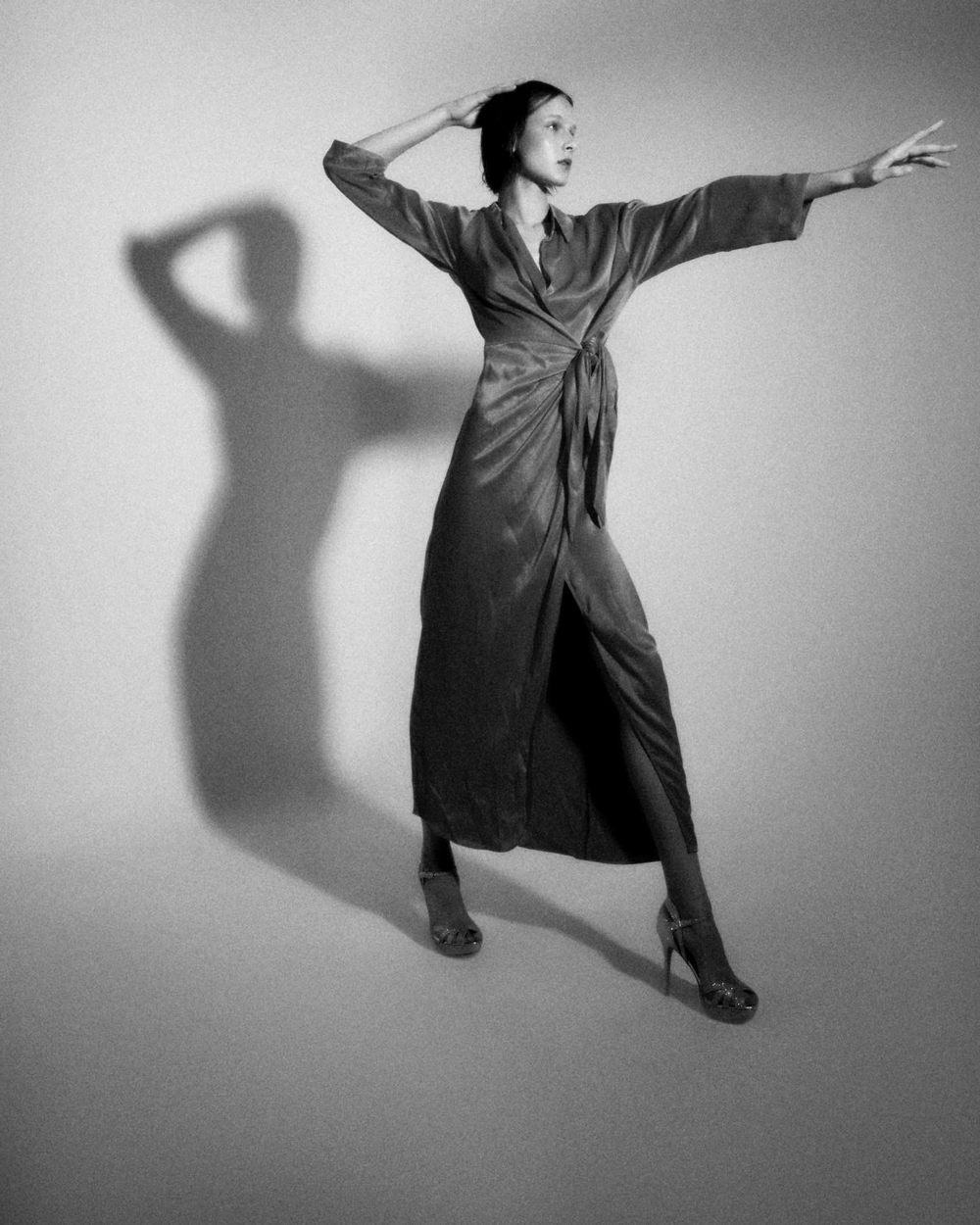
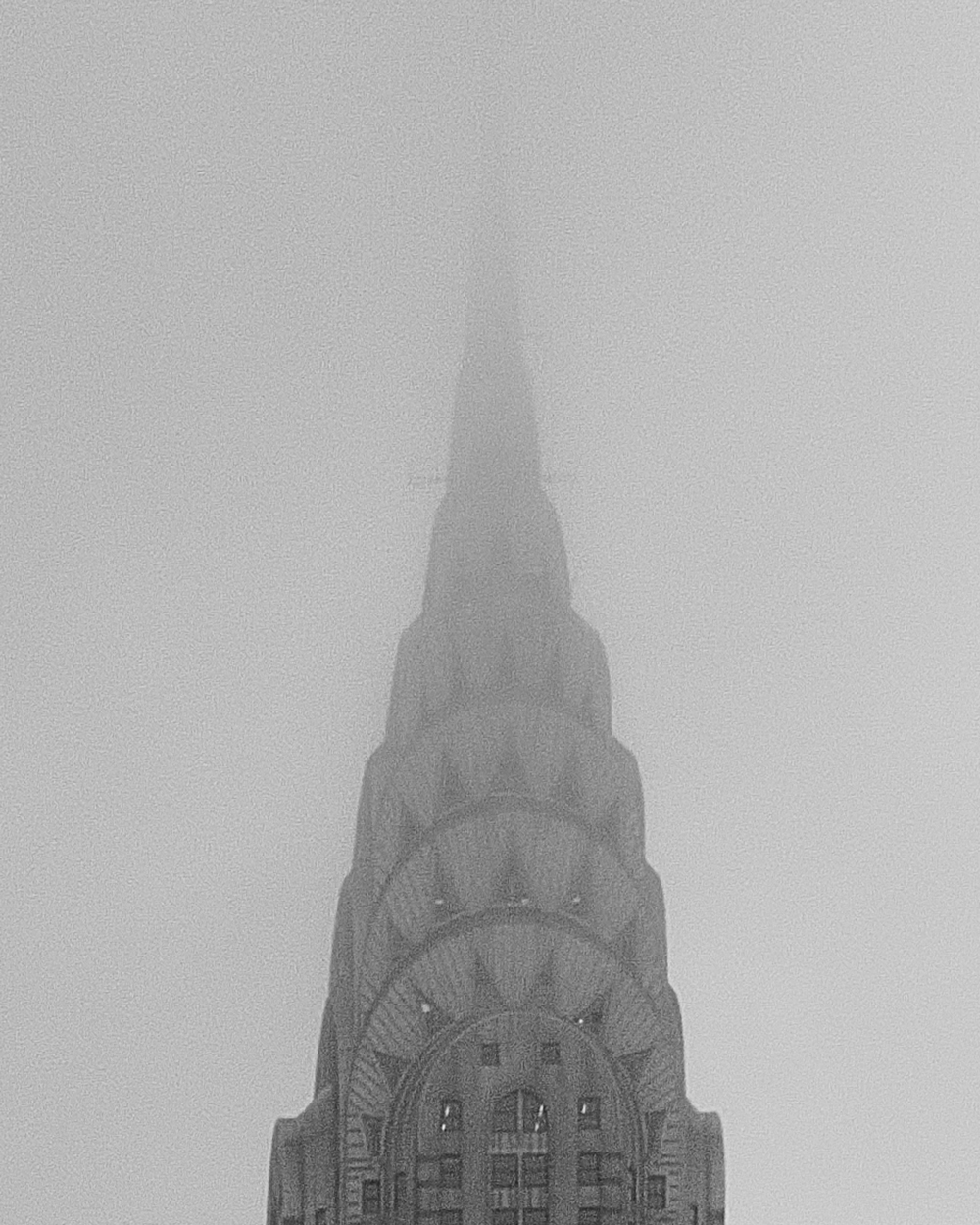
In your work, especially with fashion photography, there’s an interplay between subject and setting. How do you use location or background to enhance the narrative of your portraits?
Location, for me, is not just a backdrop but a silent collaborator. The setting can either contrast with the subject, amplifying their presence, or it can mirror their energy, creating a seamless interaction between body and space. I often seek locations that evoke a sense of structure—an architectural dialogue that can frame the subject in unexpected ways. Whether it’s the rawness of concrete or the fluidity of natural landscapes, the environment becomes an extension of the subject’s narrative. Together, they build a story where the viewer isn’t just looking at a portrait, but rather witnessing an immersive scene unfold.

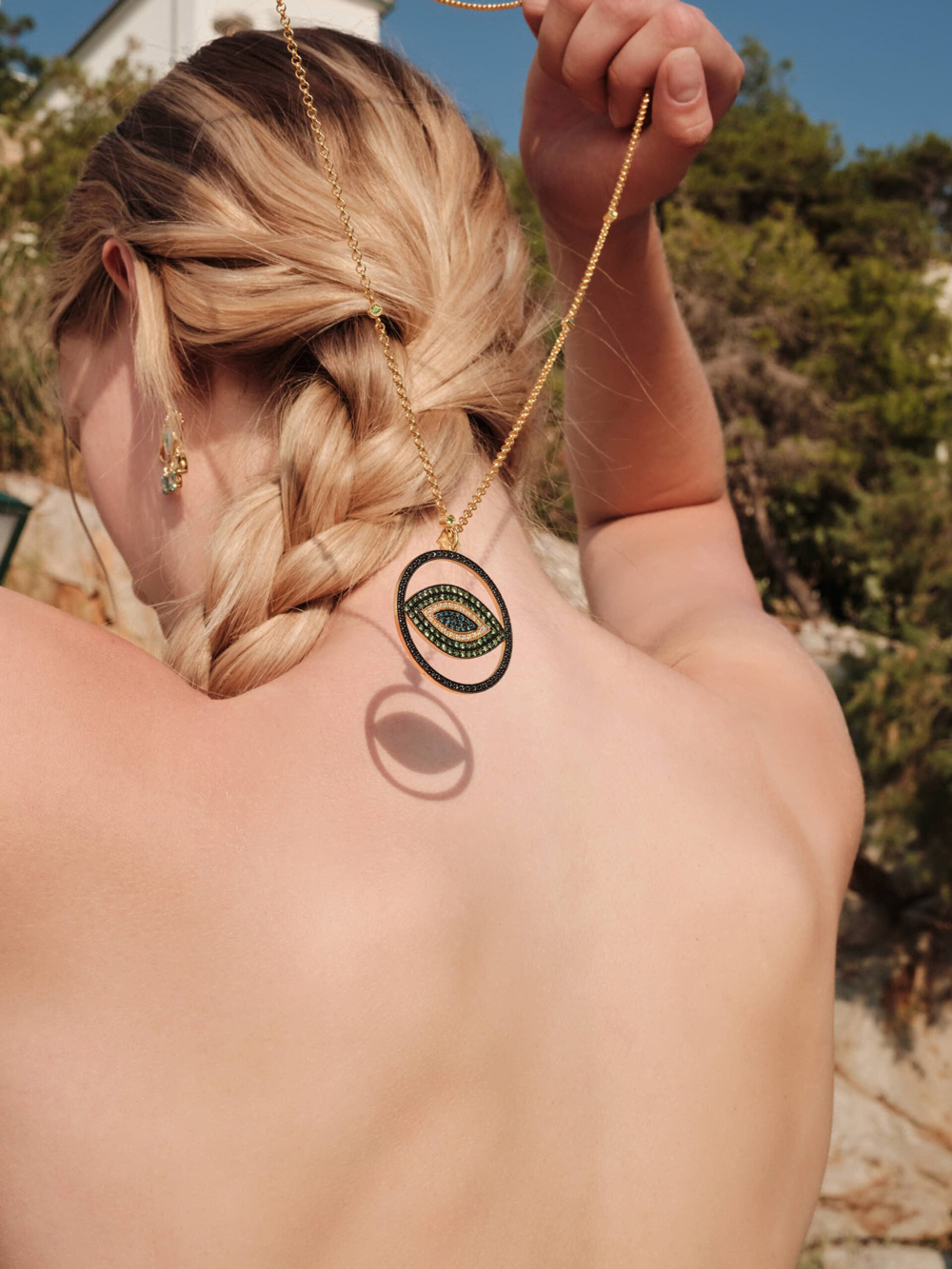
Photography is often said to be as much about what is left out of the frame as what is included. How do you curate this visual balance in your work?
Curating a frame is about restraint—knowing when to pull back and allow the viewer’s imagination to fill in the gaps. What’s left out of the frame can speak as loudly as what’s within it, and it’s in this tension that storytelling thrives. I focus on minimalism and clean lines to highlight the subject’s essence, removing distractions so that every detail feels intentional. It’s a delicate balance, where the unseen edges of the frame hold mystery and invitation, making the image feel alive beyond its borders.

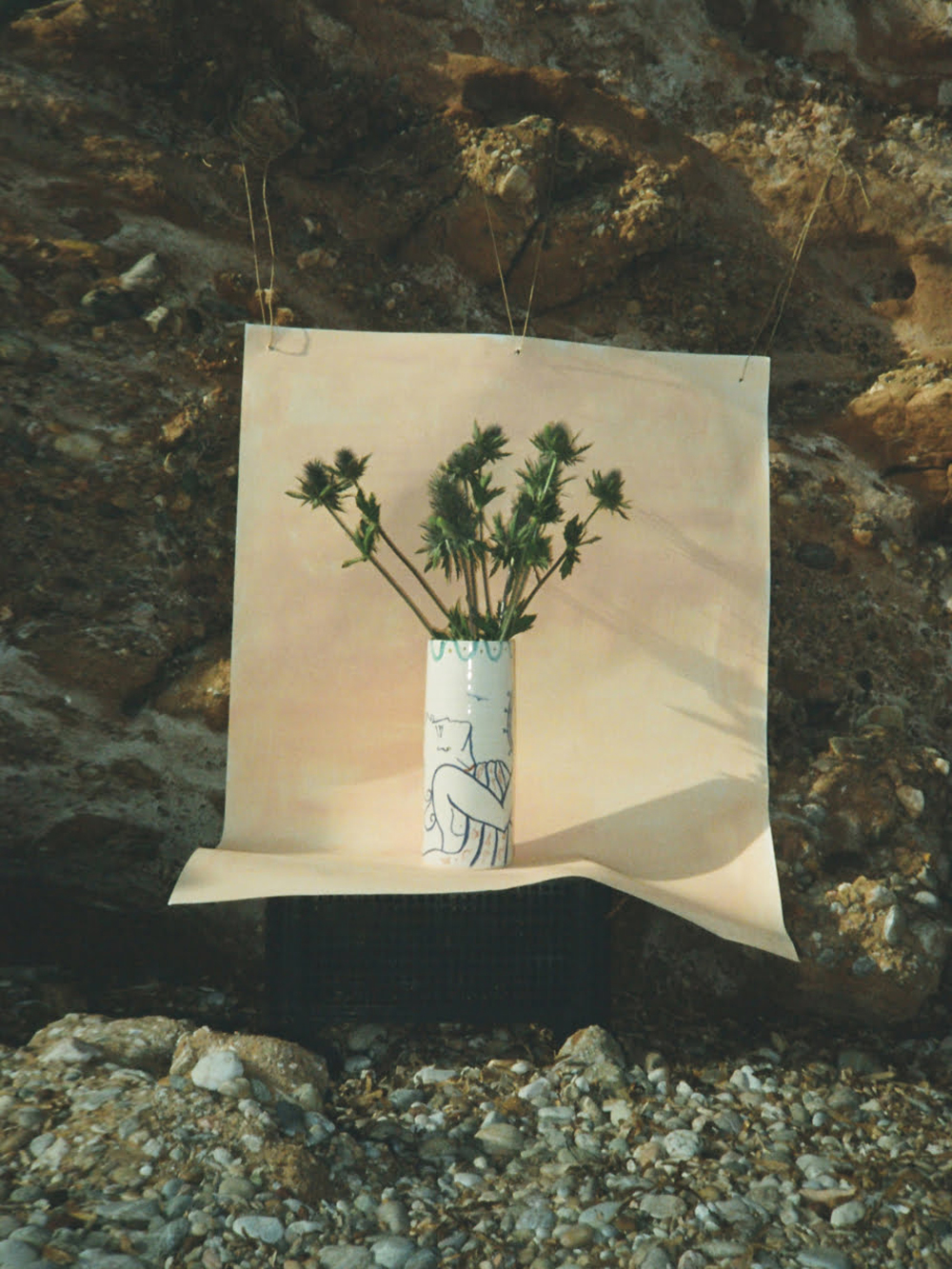
You seem to have a strong connection to the themes of memory, identity, and place. How do your Greek roots influence your work and storytelling?
Growing up in Athens, a city where history and modernity coalesce, has deeply shaped how I approach storytelling. There’s an inherent dialogue between memory and identity in the very fabric of the city—ancient ruins stand alongside contemporary life, and this juxtaposition informs how I see the world. My Greek roots infuse my work with a sense of timelessness, of grounding the present in the weight of the past. Each photograph, in some way, speaks to the idea of place, both as a physical location and a metaphorical journey—a reflection of how identity is shaped by where we come from and where we are headed.

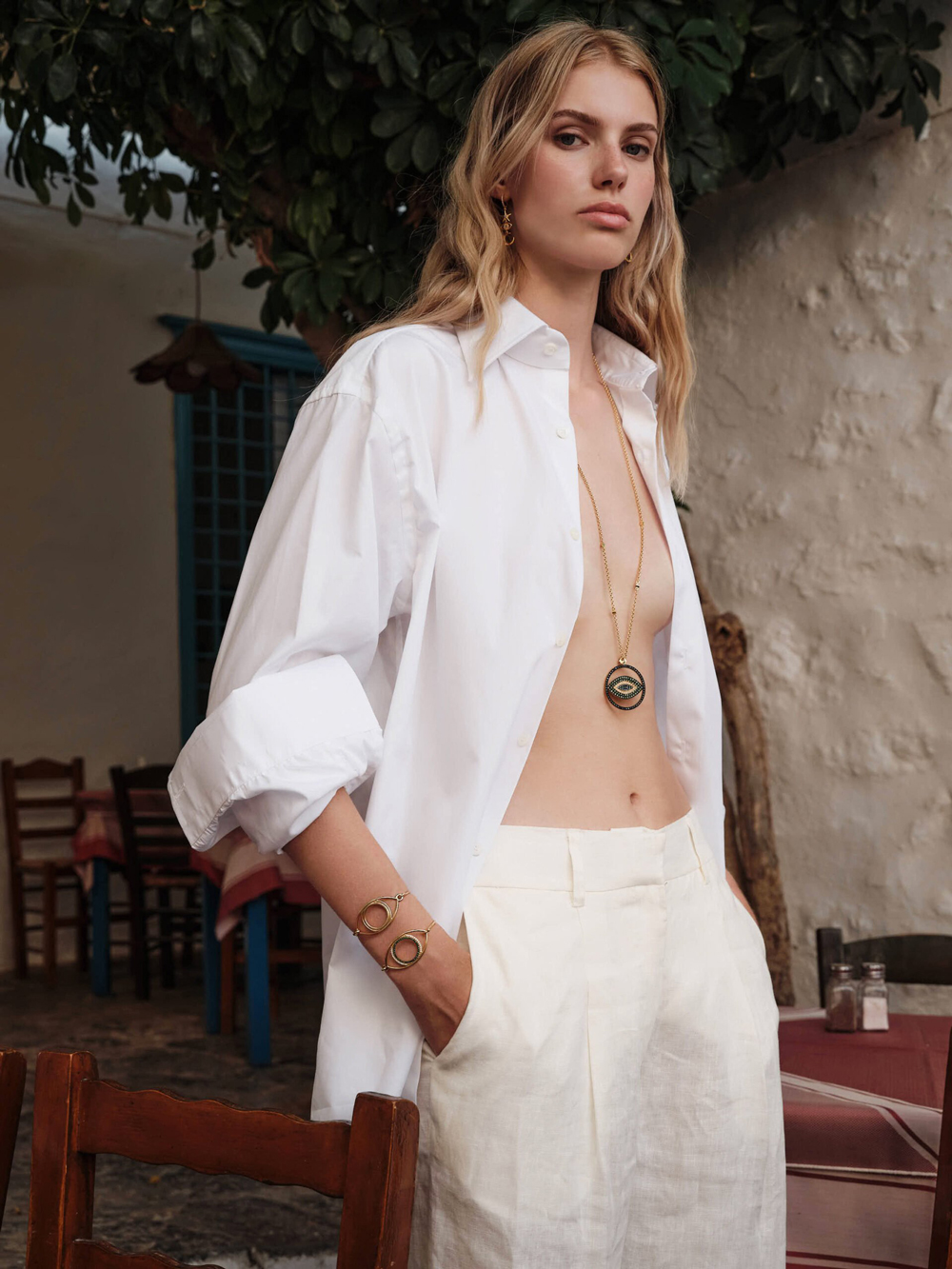
Athens, with its rich historical backdrop, often features in your work. Can you describe a moment in one of your photographs when the city itself felt like a subject?
There was a particular shoot where the city itself seemed to become the protagonist. I remember photographing a model on a rooftop at dusk, with the Acropolis illuminated in the background. The golden hues of the setting sun mingled with the ancient stones, and for a brief moment, it felt as though the city was breathing—alive and present, yet suspended in time. In that image, the subject and the city became one, a reflection of both human and architectural history, coexisting in a single frame. It was less about placing a figure against a backdrop and more about capturing the silent conversation between them.
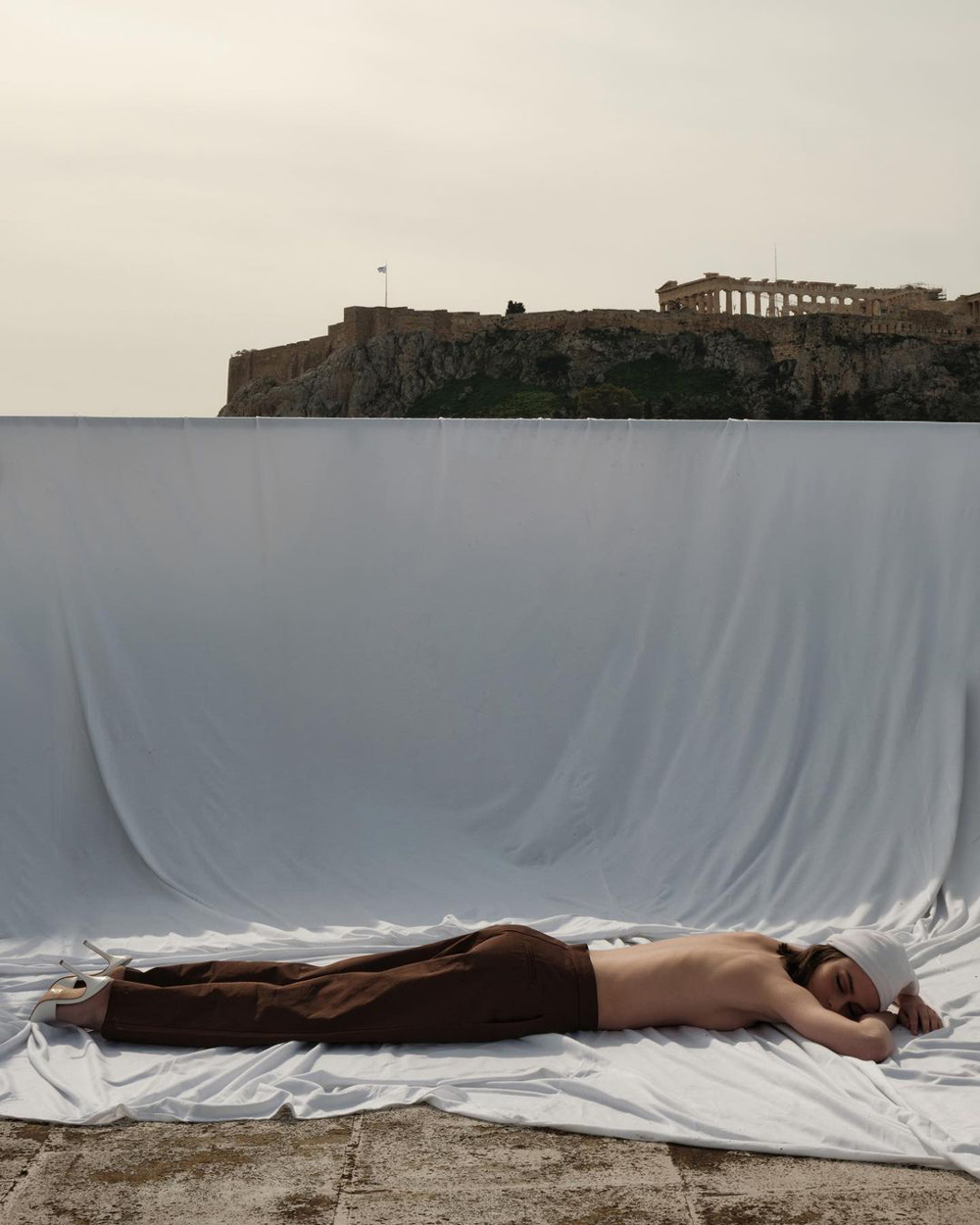
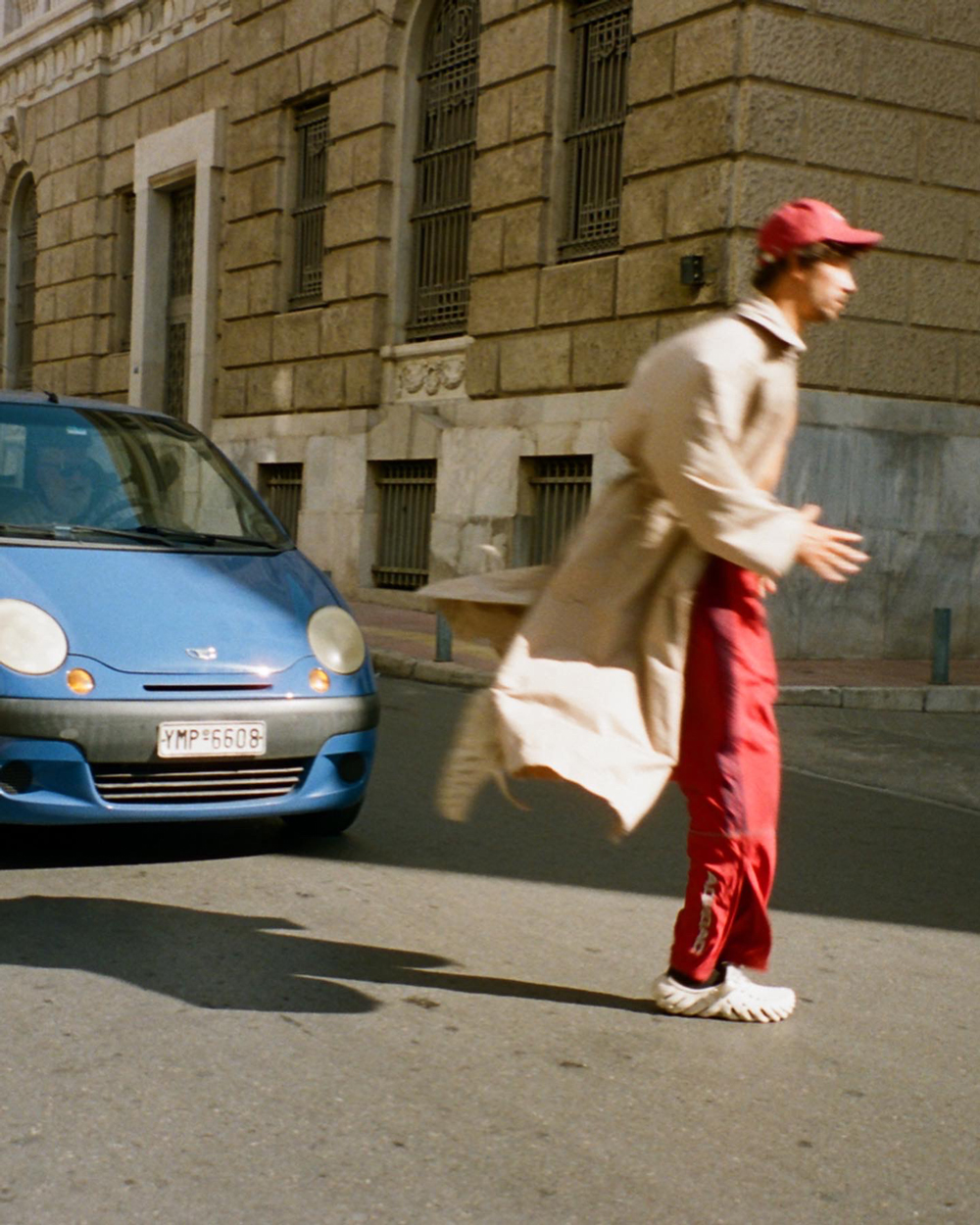
“E75” is your first solo exhibition. How does it feel to have such a personal project presented at The Modernist Athens? What do you hope viewers take away from this immersive visual journey?
“E75” feels like a culmination of many threads that have woven through my life—personal experiences, the landscapes I’ve encountered, and the stories I’ve longed to tell. Presenting this project at The Modernist Athens, a space that itself bridges contemporary design with the city’s historical roots, feels like the perfect synergy. I hope viewers are transported—not just through the literal journey of the highway, but through a deeper exploration of what it means to traverse between spaces, both physical and emotional.
“It’s about moments of stillness within motion, of finding clarity in transition.”
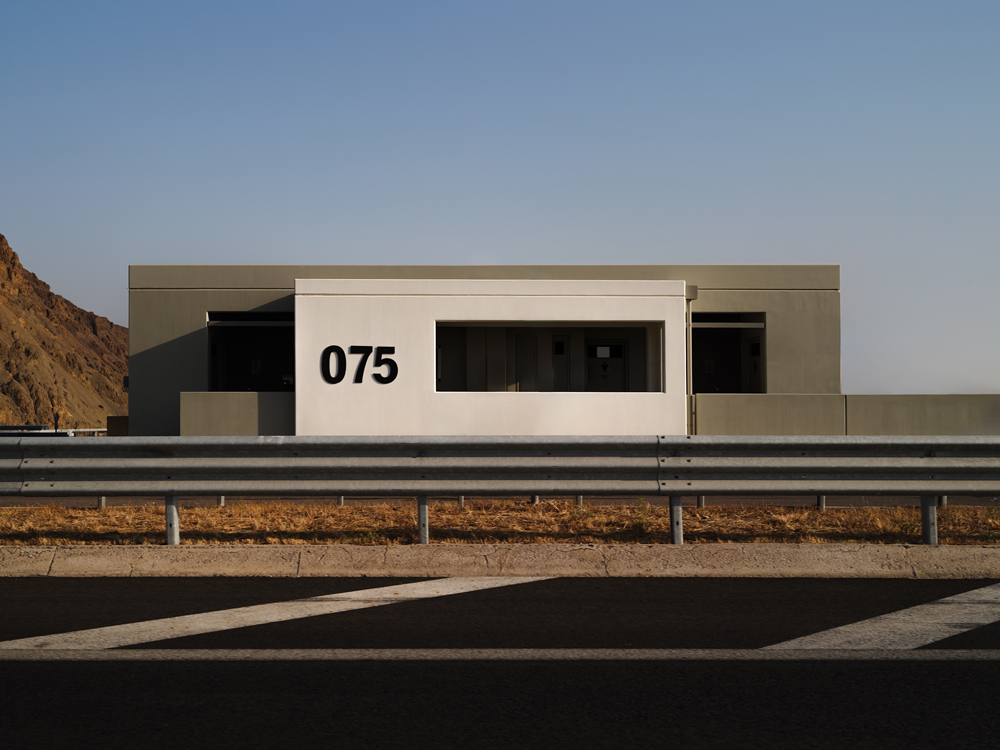
This exhibition is described as capturing the essence of contemporary Greek identity. In what ways does the highway, or the journey between these two cities, reflect the cultural shifts you observe in Greece today?
The E75 highway is more than just a route; it’s a metaphor for Greece’s evolving identity. It stretches between cities that represent both the country’s historical heart and its progressive pulse. Traveling along it, you witness the landscapes of Greece—its natural beauty, its moments of urban sprawl, and the quiet, forgotten spaces in between. This journey mirrors the cultural shifts happening within the country today, a blend of tradition and modernity, of heritage grappling with a forward-looking momentum. It’s a reflection of how Greece is redefining itself while staying connected to its roots.
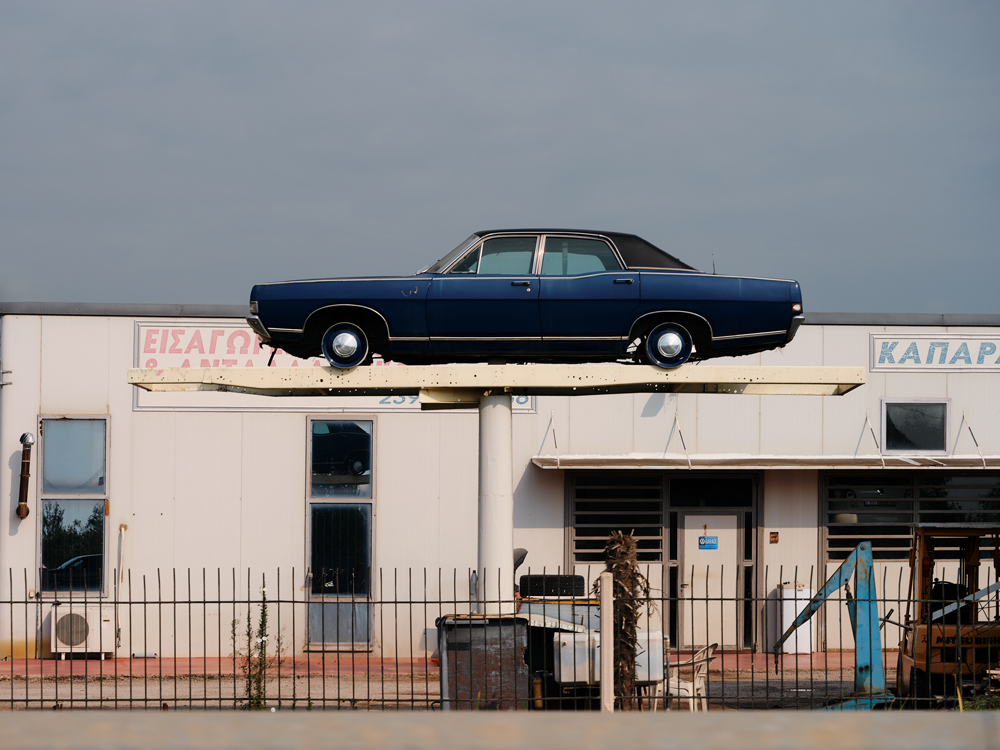
Looking at the evolution of photography, where do you see the medium going, especially in the digital age? How does this influence your approach?
Photography is in a state of continuous evolution, especially with the rise of digital platforms and the democratization of the medium. We live in an age where images are created and consumed at an unprecedented pace, and while this accessibility has its wonders, it also brings a challenge—how to create work that stands out, that resonates deeply. I believe the future of photography lies in the blend of technology and authenticity. For me, it’s about embracing the tools of the digital age while staying rooted in the timeless essence of storytelling. No matter how the medium evolves, the power of a single image to evoke emotion, to create a narrative, will always remain at the core of my work.
